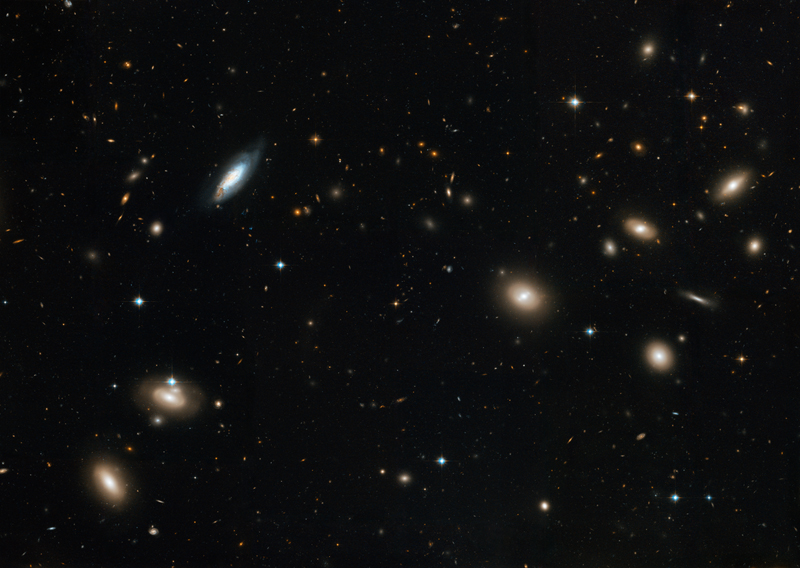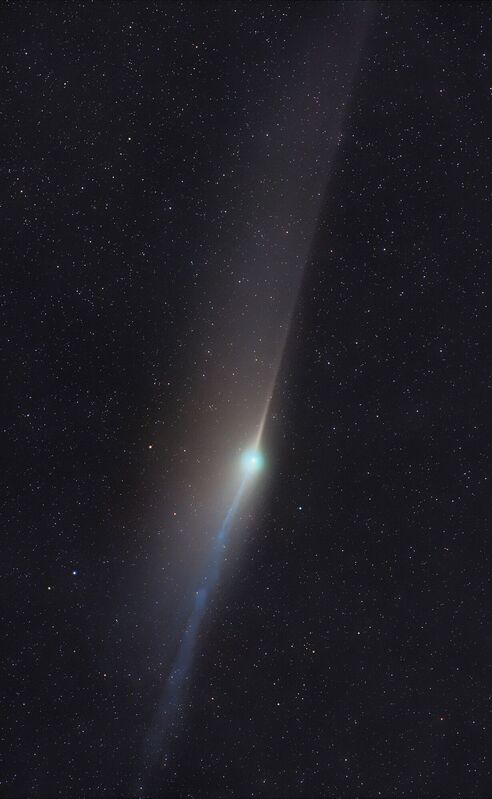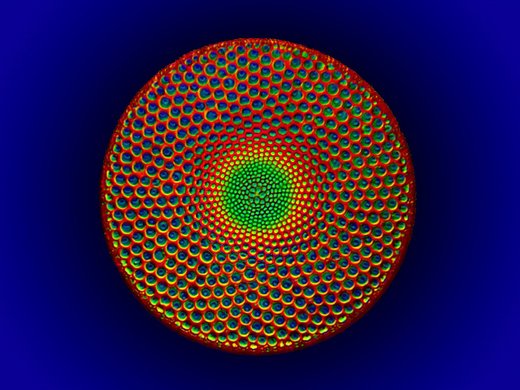
© NASAThis is the planet Neptune as seen by the Voyager 2 spacecraft in 1989.
A planetary scientist at the University of Arizona has determined Neptune's rotation.
According to the first accurate measurements of the planet's rotational period, a day on Neptune lasts about 15 hours, 57 minutes and 59 seconds.
University of Arizona planetary scientist Erich Karkoschka has discovered one of the largest improvements in determining the rotational period of a gas planet in almost 350 years since Italian astronomer Giovanni Cassini made the first observations of Jupiter's Red Spot.
"The rotational period of a planet is one of its fundamental properties," Karkoschka, a senior staff scientist at the UA's Lunar and Planetary Laboratory, said in a statement. "Neptune has two features observable with the Hubble Space Telescope that seem to track the interior rotation of the planet. Nothing similar has been seen before on any of the four giant planets."
Giant gas planets rotate more like giant blobs of liquid, unlike rocky planets, which behave like solid balls spinning in a more straightforward path. Gas planets' rotation involves a lot of sloshing, swirling and roiling, which has made it difficult for astronomers to get an accurate idea of how fast they spin around.
"If you looked at Earth from space, you'd see mountains and other features on the ground rotating with great regularity, but if you looked at the clouds, they wouldn't because the winds change all the time," Karkoschka said in a statement. "If you look at the giant planets, you don't see a surface, just a thick cloudy atmosphere."
"On Neptune, all you see is moving clouds and features in the planet's atmosphere. Some move faster, some move slower, some accelerate, but you really don't know what the rotational period is, if there even is some solid inner core that is rotating."













Comment: It's clear that these folks will not stop until they have TOTAL control of the food supply, and this 'franken-meat' is just the latest in a long series of bizarre GMO experiments they've subjected us to. As people have slowly moved away from natural foods, and particularly animal-derived products, to designer foods produced in factories, the next step is to eliminate any part that actual 'nature' plays in putting food on our plates.
For more information on GMO foods, see:
Who's Afraid of GMO's? Me!·
Latest GMO Research: Decreased Fertility, Immunological Alterations and Allergies
10 Freakiest Things About Frankenfish